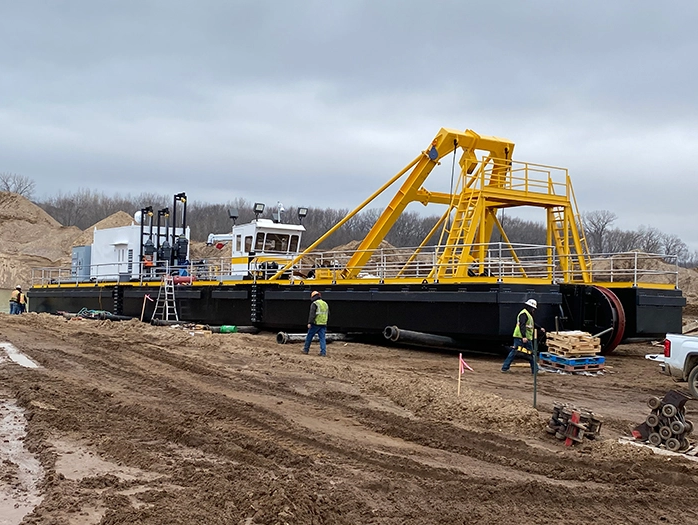

In 2019, LPLA and WI DNR co-sponsored an application for a federal pilot program (ACOE Section 1122). In 2018, LPLA submitted a proposal for $750,000 of funding from the State of Minnesota’s Lessard Sams Outdoor Heritage Fund. Since project planning has been underway, LPLA has led fundraising efforts for the local cost-share and maintained communication with the public about project design, goals, and progress. We acquired letters of endorsement for all local communities and many elected officials to leverage public support to make it happen. LPLA spearheaded restoration by advocating government agencies, identifying a program that was financially feasible, and preparing the Draft Problem Appraisal Report. Planting native vegetation will create new habitat and secure sediment in place to make it less vulnerable to being stirred up by wind and wave action (improve water quality).įAQs How has Lake Pepin Legacy Alliance (LPLA) been involved in the project development? They are expected to change sediment deposition patterns locally, but not affect the overall rate of sedimentation in Lake Pepin. Peninsula extensions will be constructed to create new habitat, guide local sediment deposition, and reduce wind and wave action that stirs up sediment from the lake bottom (improve water clarity). The deeper pools will also reduce wind and wave action that stirs up sediment from lake bottom (improve water clarity). Bass, crappies, bluegills, and other recreational fish require at least 3 feet of depth, low water flows, and heathy oxygen levels during the winter. Deep Pools:ĭeep pools will be dredged to create habitat for overwintering fish. Large access channels will be dredged to access the construction area and the Bay City Harbor.They will improve recreational access to the area after construction.

Improve or maintain habitat for backwater fish. Improve or maintain habitat for migratory birds. Improve or maintain habitat for riverine aquatic species. Redirect sediment accumulation to improve habitat and species diversity. Increase emergent & floating leafed aquatic vegetation

In January 2019, Lake Pepin was one of only ten projects selected nationwide and only project selected on the Mississippi River. After planning began, the WI DNR and LPLA co-sponsored an application to be considered for a federal pilot program (ACOE Section 1122) that boosts funding to projects that use dredge material for social and ecological benefits.


 0 kommentar(er)
0 kommentar(er)
